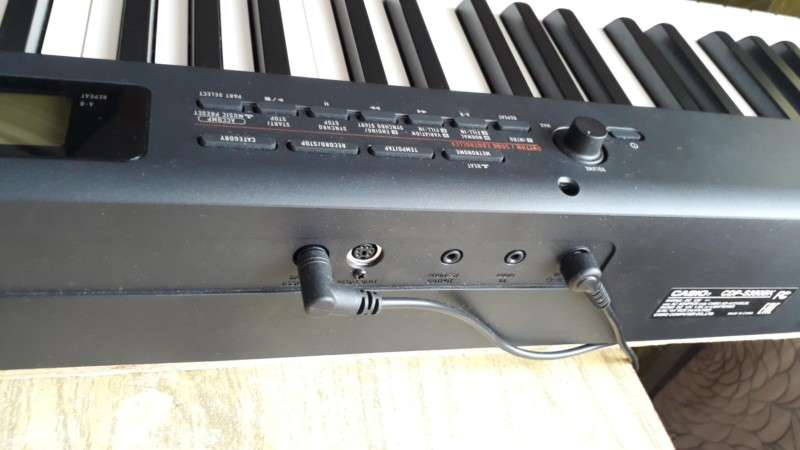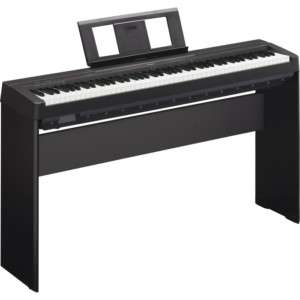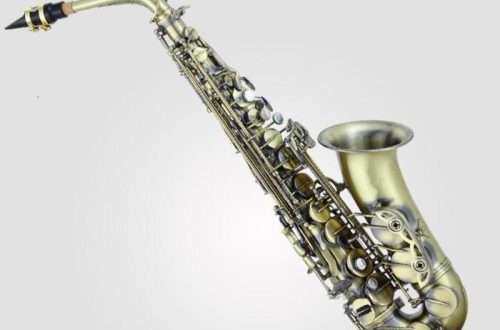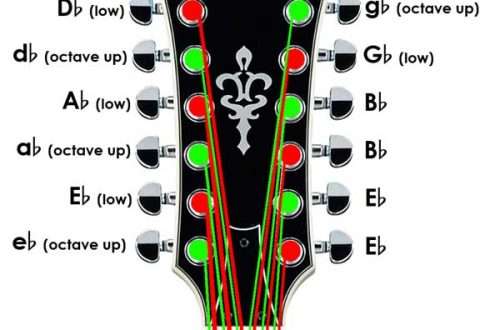
Digital pianos tuning
Contents
Digital pianos, like classical instruments, are also customizable. But the principle of regulating their functions is different. Let’s see what the setting is.
Setting up digital pianos
Standard tools from the manufacturer
Digital piano tuning is the preparation of the instrument for use. It differs from the actions that are carried out on an acoustic or classical piano, when the master achieves the correct sound of all the strings.
An electronic instrument does not have “live” strings: all sounds here are tuned at the factory production stage, and they do not change their characteristics during operation.
Customizing Digital Piano settings includes:
- Adjustment of acoustic characteristics. The instrument sounds different in different rooms. If there are carpets on the floor at home, and furniture is placed along the walls, the piano sounds will be more “soft”. In an empty room, the instrument will sound more sharply. Depending on these parameters, the acoustics of the instrument are adjusted.
- Setting individual notes. This feature is not available on all models. The adjustment is carried out depending on the resonance a that is created in the room. To achieve an even sounding of the most resonant notes, you can tune them.
- Selecting a Voice a. To select the desired voice , you need to listen to the demo songs in a specific instrument.
- Damper pedal on/off.
- Reverb effect setting. This function helps to make the sound deeper and more expressive.
- Adjusts the layering of voices , resulting in a rich and soft sound. It includes octave and balance tuning.
- Adjusting the pitch, metronome frequency, tempo a.
- Keyboard sensitivity setting.

Basic settings of popular models
The characteristics of the best digital pianos include adjustments for:
- pedals;
- damper resonance a;
- reverb effect;
- layering of two timbres ;
- transposition;
- setting the pitch, metronome, tempo , volume,
- keyboard sensitivity.
The Yamaha P-45 electronic piano includes in the basic settings:
- Establishing the power supply of the instrument. It implies connecting the power supply connectors in the correct order. This includes requirements for a power adapter with a detachable plug.
- Power on and off. The user sets the minimum volume and presses the power button. When power is applied, the indicator on the instrument lights up. Before turning off the volume, you need to turn it to the minimum position and press the off button.
- Power off function automatically. It allows you to avoid power consumption when the tool is idle. To do this, press the GRAND PIANO/FUNCTION button and use the buttons on the far left of the A-1.
- Volume. For this purpose, the MASTER VOLUME slider is used.
- Setting sounds that confirm user actions. The GRAND PIANO/FUNCTION and C7 buttons are responsible for this.
- Use of headphones. Devices are connected to a ¼” stereo plug. The speakers immediately turn off when a plug is inserted into the jack.
- Using the sustain pedal. A special connector is provided for its connection to the Yamaha P-45. The pedal works similarly to the same pedal on an acoustic piano. An FC3A pedal is additionally connected here.
- Incomplete pedaling. The model has a Half Pedal function for this setting. If it is raised high, the sound will be more blurred, when it is low, sounds, especially bass, will be clearer.
Yamaha P-45 is a digital analogue of a classical piano. Therefore, there are few control buttons on the toolbar. This piano is easy to use and learn. It is recommended for beginners.
Similar tuning requirements apply to the Yamaha DGX-660 piano. The instrument comes with front and rear control panels. The setup includes connecting to power, adjusting the volume, on / off, connecting external equipment for audio and pedals. All information about the instrument is displayed on the main screen – there you can save its settings and adjust them.
Recommended Digital Piano Models

Yamaha P-45 is a simple, concise and compact instrument that is suitable for beginners. There is no abundance of settings here – only the main functions are presented: adjusting the sensitivity of the keyboard, volume, pedals, timbres . The cost of the electric piano is 37,990 rubles.
Kawai CL36B is a compact and functional piano. It has 88 keys; keyboard hammers with varying degrees of severity of pressing. For training, the ConcertMagic mode is provided, which develops a sense of rhythm, especially in children. Sound realism is provided by the damper pedal. The price of Kawai CL36B is 67,990 rubles.
The Casio CELVIANO AP-270WE is a compact and lightweight electric piano with a Tri-Sensor keyboard system. The sensitivity of the hammers has three levels that are adjustable. There are 60 songs for demonstration. The piano has 22 built-in timbres and 192-voice polyphony. Mobile devices based on iOS and Android are connected to it.
Answers on questions
| 1. What are the differences between digital and acoustic piano tuning? | The acoustic model is tuned to the correct sound of the strings. Digital instruments have volume, acoustic properties, timbre , pedals and other functions. |
| 2. Which electronic pianos are the easiest to tune? | It is worth paying attention to Yamaha, Kawai, Casio. |
| 3. Where is the setup data for Digital Pianos output? | To the main panel. |
Instead of output
Digital piano settings are an opportunity to avoid erroneous actions when playing. The adjusted functions allow the instrument to sound correctly, taking into account the acoustic characteristics of the room in which it is located. Tuning is useful for electric pianos that are used in teaching children. It is enough to make settings and block the buttons so that the child does not violate the selected modes.





